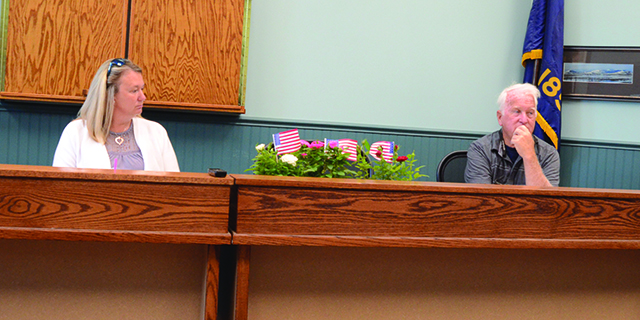Forests in state of emergency
Published 1:06 pm Tuesday, July 5, 2016
There is a tendency among many in the environmental community to regard salvage logging and forest thinning as thinly veiled ways to allow unacceptable harvest levels in U.S. national forests. Long-term drought in the West coupled with related factors like insect damage should force a reassessment of this attitude.
The U.S. Forest Service spent 56 percent of its budget last year on firefighting, compared to 16 percent in 1995, according to a June 23 story by the Christian Science Monitor. Sixty-six million trees have died in California alone since 2010 due to drought, higher temperatures and an infestation of beetles that are ravaging forests from Mexico to Alaska.
Trending
The Forest Service is begging Congress to address firefighting expenses as a separate budget line item, in order to avoid starving the agency of funds desperately needed for other purposes. There isn’t enough money left to pay the substantial costs of restoring burned areas and keep up with the many other priorities that deserve to be top-of-mind for our manager of more than 300,000 square miles of America – the size of the nation of Turkey.)
Twenty-first century fires are a natural disaster of the first order and deserve to be treated as such. This means finding federal funds specifically to fight them. The $2.6 billion spent by the Forest Service in 2015 could have a dent in long-deferred property maintenance.
Logging is the logical way to generate funds for firefighting, as well potentially being useful in creating fire breaks around residential areas that have encroached upon forestland. Forest thinning, although not an efficient way of commercially harvesting, might also improve forest health while reducing fire danger.
Logging opponents are understandably skeptical when it comes to Forest Service harvest plans. For decades, wildfire prevention served as a convenient excuse for timber sales. In many cases, these sales cost taxpayers more than they brought in. The Reagan administration was particularly notorious. It was the backlash against its malfeasance that ushered in forest management crafted by litigation.
But it now is time to treat dying forests as the emergencies they are. Reasonable, scientifically sound harvests can improve forest health while providing funds for fire suppression. It’s time for a meeting of minds on this complex and emotionally fraught issue.








